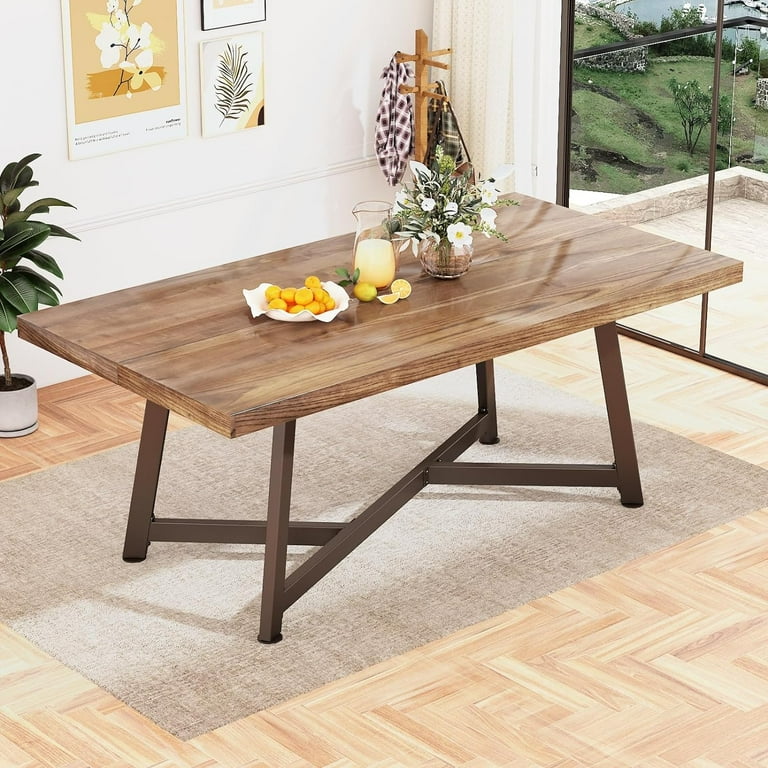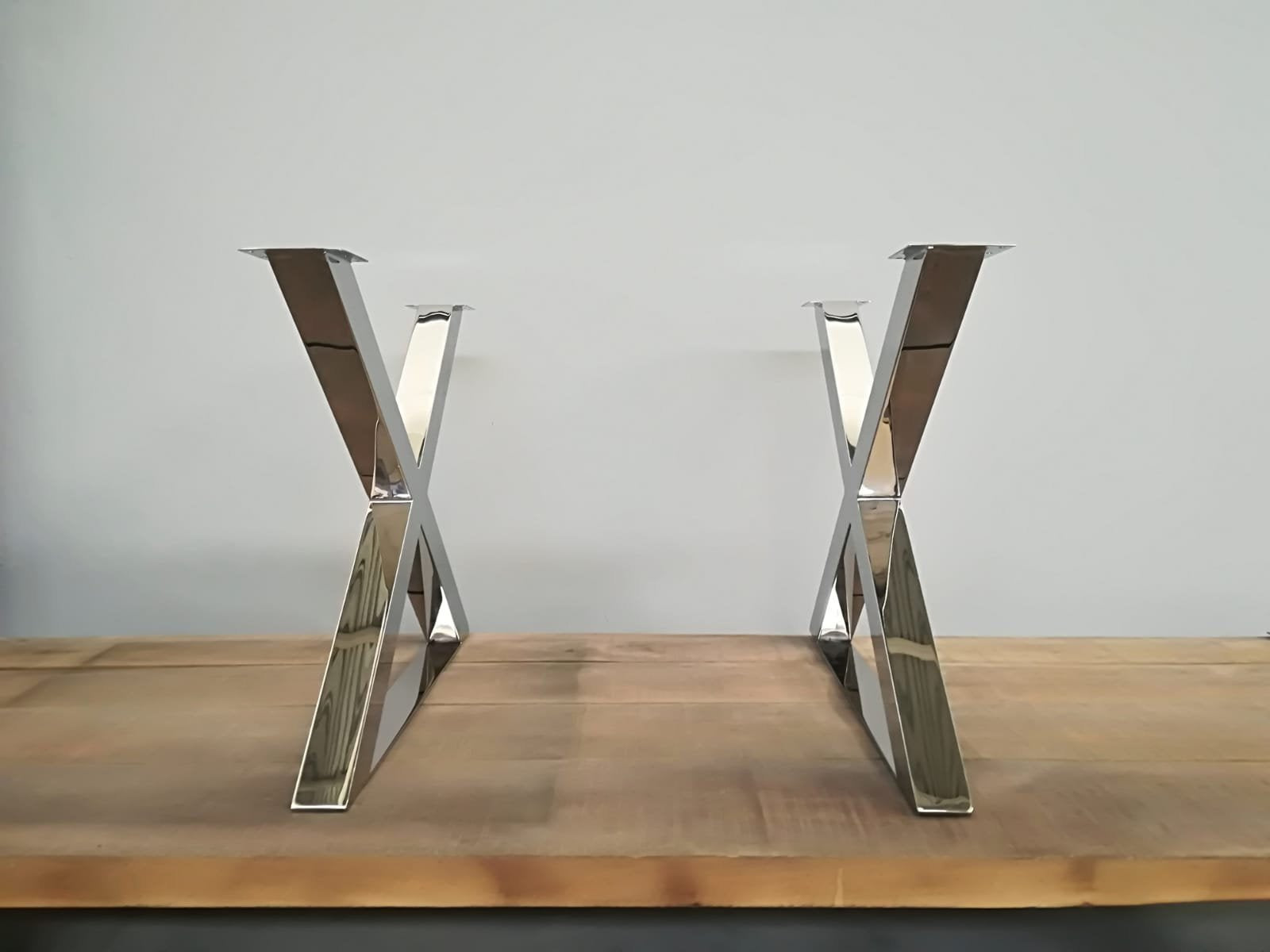How the Right Dining Room Table Legs Can Complete Your Dining Room Look
How the Right Dining Room Table Legs Can Complete Your Dining Room Look
Blog Article
From Traditional to Modern: Find the Perfect Eating Area Table Legs for Your Style
While traditional layouts such as cabriole and turned legs evoke a feeling of classic elegance, modern designs like barrette and geometric options provide a chance for striking aesthetic interest. As you think about these aspects, the inquiry remains: how can you effortlessly incorporate these varied leg designs to develop an unified eating experience?
Comprehending Table Leg Styles
The range of dining-room table leg styles can substantially influence both the aesthetics and capability of the space. Each leg design contributes distinct visual elements and useful features, providing to diverse design preferences and use needs. Comprehending these styles is important for choosing the best table that lines up with your general interior style vision.
For example, tapered legs offer a clean, timeless appearance that can boost a space's sophistication, while pedestal bases offer stability and make best use of legroom, making them excellent for smaller sized spaces. Barrette legs, a trademark of mid-century contemporary design, introduce a commercial style, allowing for a ventilated, open feel. Trestle legs stimulate rustic appeal, providing durable support and a feeling of timelessness.
Additionally, the option of products plays a considerable duty. Wooden legs can bring heat and structure, whereas steel choices often communicate a sleek, modern vibe. Eventually, understanding table leg styles is important for developing a cohesive eating area that mirrors personal style while guaranteeing practicality and comfort. By thoughtfully thinking about these components, you can improve both the practical and aesthetic allure of your dining area.
Standard Table Leg Options
When picking dining-room table legs, conventional choices usually embody timeless beauty and craftsmanship. These styles show an abundant heritage and a dedication to top quality, making them perfect for those who value timeless visual appeals.
One of one of the most famous traditional leg styles is the cabriole leg, characterized by its stylish bent shape. This style typically includes ornamental makings and is most commonly found in Queen Anne and Chippendale furniture. One more prominent choice is the transformed leg, which flaunts a collection of smooth, rounded forms that offer a timeless look while maintaining security.
Additionally, the straight leg, while basic, uses a strong and unadorned structure that can blend perfectly with a variety of tabletop designs. For those attracted to ornate outlining, claw-and-ball feet legs evoke a sense of grandeur and can work as a stunning focal point in any kind of eating space.
Lastly, stand bases, although not strictly legs, provide an alternative typical choice that enables ample legroom and can be perfectly sculpted. Each of these conventional leg designs adds to the overall setting of a dining-room, weding function with visual charm.

Modern Table Leg Styles
Modern table leg layouts use a diverse series of styles that highlight clean lines and ingenious materials. These layouts typically focus on performance while functioning as striking focal points official site within an eating room. Minimalist aesthetics prevail, with legs crafted from products such as metal, glass, and crafted timber, which contribute to a ventilated and modern feeling.
One popular style is the barrette leg, characterized by its slender, conical framework that offers security without frustrating the tabletop (dining room table legs). This style is commonly found in mid-century modern furniture and can easily enhance various table forms. An additional fad is using geometric shapes, where legs might tackle angular or asymmetrical types, including aesthetic interest and a touch of artistry

Mixing Designs for Special Areas
Typically, house owners seek to create one-of-a-kind eating areas that reflect their individual design by blending various layout aspects. This method permits for the unification of diverse aesthetic appeals, resulting in a harmonious yet distinct atmosphere. For example, coupling a rustic wooden table with sleek, modern-day metal legs can create a distinctive comparison that elevates the area's general appeal.
In addition, integrating vintage table legs with modern tabletops can stimulate a feeling of history while maintaining a modern-day sensibility. Such mixes not only display individual preference yet likewise urge imagination, allowing house owners to curate a space that feels both individual and inviting.
Color plays an essential function in this mixing process; choosing table legs that complement or contrast with the existing color design can improve aesthetic interest. For example, whitewashed legs can soften the daring of a dark table surface, producing a well balanced visual.
Tips for Selecting the Right Legs
Picking the right table legs is important for attaining both capability and aesthetic charm in your eating room. Begin by considering the overall style of your area. Traditional settings take advantage of legs that include detailed makings or turned designs, while contemporary areas might require streamlined, minimal designs.
Following, assess the height and stability of the legs. dining room table legs. Conventional table vary in between 28 to 30 inches in elevation, so ensure the legs complement this measurement for comfort. Additionally, robust materials, such as hardwood or metal, can enhance stability and longevity
Assess the leg shape as well-- options include straight, click this site tapered, or pedestal designs. Straight legs offer a classic look, while tapered legs can add a touch of elegance. Pedestal bases offer ample legroom and are perfect for smaller sized areas.
Conclusion
In summary, picking the suitable dining room table legs needs careful factor to consider of both standard and modern styles. By balancing leg style, elevation, and material with the general decoration, a cohesive and welcoming environment can be achieved.
The range of dining space table leg designs can substantially influence both the visual appeals and capability of the space. Inevitably, understanding table leg designs is important for developing a cohesive dining location that reflects individual design while guaranteeing usefulness and comfort.One of the most famous traditional leg styles is the cabriole leg, identified by its graceful rounded form. Straight legs from this source offer a traditional appearance, while tapered legs can add a touch of sophistication.In recap, choosing the suitable dining room table legs requires careful consideration of both modern and typical designs.
Report this page